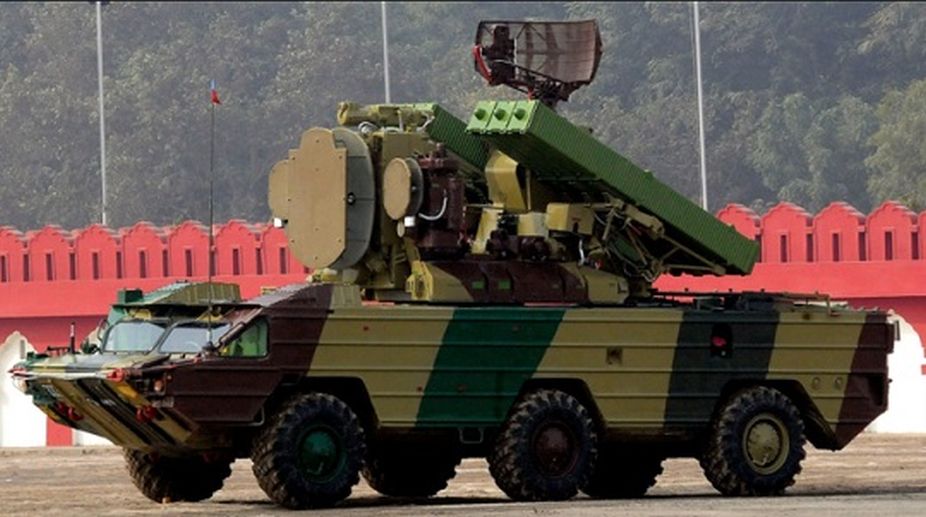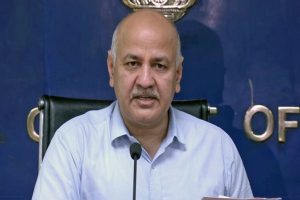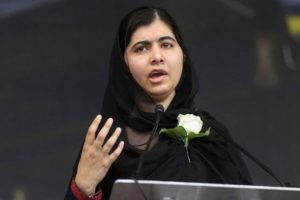The proposal to set up a duly-empowered Defence Procurement Organisation, though welcome, would be just another attempt at tackling a situation that has long defied solution ~ ensuring that India gets a decent deal for the vast sums it spends on military purchases. The problems are complex. Often the latest systems and technology are denied because of political constraints on the manufacturers, competitive prices are not always offered, and there is a huge time-lag between the unraveling of red tape before orders are placed and deliveries commence. Several manufacturers are ready to sell their products but are reluctant to transfer the complete technology-package, which would make the domestic-production part of the deal only a “screwdriver job”. And of course that critical negative element in defence contracts ~ suspicions or allegations of corruption which have scuttled many a purchase. It is indeed a tricky situation with the armed forces continuously protesting tardy modernisation or shortages, and the domestic industry hardly capable of filling the breach. Though efforts to involve the private sector in defence production have been made for some 20 years now, and industry “majors” like Larsen & Tourbro, Mahindra, and one branch of the Reliance empire are among those who have responded, less than ten per cent of purchases are from private firms. On paper, with about a dozen PSUs, 40 ordnance factories, and a money-gobbling Defence Research & Development Organisation to back them up, the state-run production agencies ought to have performed much better ~ they all suffer from bureaucratic inefficiency. Considerable hope had been generated in the mid-1990s when Prime Minister Narasimha Rao announced a determination to reverse the 70:30 per cent ratio between imported and indigenous military purchases ~ after more than a quarter-century the figure has “dropped” to 65:35 per cent. Nothing short of a disgrace for the world’s fifth-highest military spender: also the world’s largest importer.
Coming up with an efficient procurement regime is not as simple as what the “experts” suggest. A major drawback for both foreign and domestic producers has been the much too frequent tinkering with purchase policy ~ they struggle to tweak their production plans accordingly. Each defence minister comes up with his own modifications. There are policy changes too: at one time it was stated that every major purchase would have a “make-in-India” component, but the 36 Rafale jets the Modi government is buying from France will come in a fly-away condition. Therefore, the proposed Defence Procurement Organisation, and the preceding “Strategic Partnership Policy” under which domestic and foreign producers will function in tandem have a long way to go before “delivering” ~ the DPO could take two years to become effective. And who knows, by then there could be a different government, and even before that a new defence minister.
Advertisement











